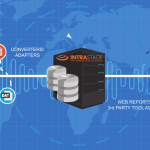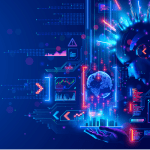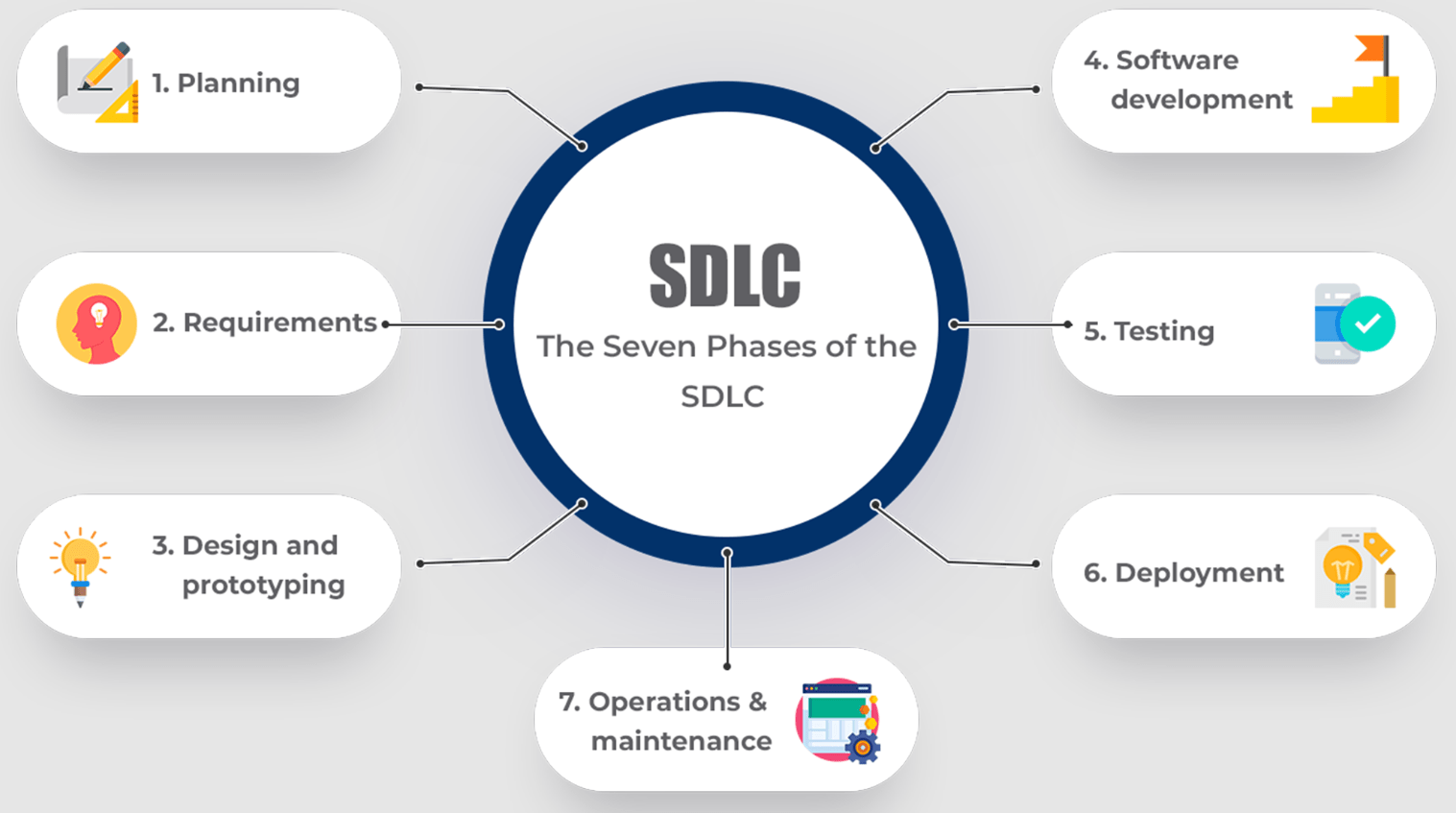Designing a Product Experience: Tips to win the strategy.
We all have heard about ‘Peter Drucker’ one of the most influential management theorists of the twentieth century. As per Peter ““Do what you do best and outsource the rest” 60% of tech companies turned this advice into a business strategy and started outsourcing their product design and development projects.
What is the most powerful and creative process that we use during the journey of a beautiful and innovative software product?
From the clothes we wear to the buildings we inhabit a creative process that actually surrounds us and impacts our experiences in countless ways. This creative process is known as’ Design’.
What is a Design?
Design can be defined as the intentional and creative process of conceptualizing and developing a product, system, or experience that addresses a specific problem or opportunity, while also considering the needs and desires of the end user, the constraints of the materials and technology available, and the broader social, cultural, and environmental context in which it exists.
How design is important for a software product in all the phases of SDLC?
Design is important for a software product in all the phases of the Software Development Lifecycle (SDLC). Here’s how design plays a critical role in each phase of the SDLC:
Planning: During the planning phase, design helps to define project requirements and goals. It enables the development team to understand what needs to be built and how to meet the needs of end-users. A well-defined design can help ensure the project is on track from the beginning.
Analysis: In the analysis phase, design is used to identify and understand user needs. Design thinking is employed to help the team empathize with end-users and identify pain points. This helps to create user stories, which form the basis for project requirements.
Design: During the design phase, design plays the most critical role. It is used to create wireframes, prototypes, and visual designs that provide a clear representation of the product to be built. The design phase ensures that the product is intuitive, user-friendly, and visually appealing.
Implementation: In the implementation phase, design guides the development team in building the product. The design is translated into code, and user interfaces are built according to the specifications provided by the design team. The design provides a clear blueprint for how the product should look and function.
Testing: During the testing phase, design is used to ensure that the product meets user needs and requirements. The design is tested for usability, functionality, and accessibility. The design team works closely with the testing team to ensure that the product is consistent with the design.
Maintenance: In the maintenance phase, design plays a critical role in ensuring that the product continues to meet user needs. The design team updates the design to keep pace with changing user needs and technological advancements. This helps to ensure the product remains relevant and competitive in the market.

How To Design the Perfect Product Experience:
What is product experience?
How is it different from customer experience?
Why is product experience important for your SaaS?
These are just a few of the questions I will answer in this blog.
I will show you how to leverage user analytics, use in-app experiences and user feedback to enhance product experience for better user engagement, reduced churn, and strong relationships with your customers.
What is product experience (PX)?
- Product experience is a subcategory within the overall user experience, and it refers to the overall sentiment and satisfaction a user has based on their experience with engaging with your product.
- It’s the thoughts and emotions that the users experience as a result of their interactions with the product. Those could be affected by a range of factors, such as the product’s usefulness or usability.
- For SaaS products, this includes everything that happens from the moment they first create an account, until they churn.

How does product experience differ from customer experience?
Product experience (PX) is the perception of the product and its features.
The customer experience (CX), on the other hand, is a much wider term based not only on the product experience but also on the customer’s impression of the company as a whole.
So, user interactions with the customer service teams would be equally important.
Why is product experience important for SaaS companies?
Product experience is crucial for Software-as-a-Service (SaaS) companies because it directly impacts customer acquisition, retention, and overall business success. Here are some reasons why product experience is important for SaaS companies:
Customer Retention: A positive product experience is critical to retaining customers. A SaaS product that is difficult to use or does not meet the needs of customers will result in churn. On the other hand, a product that delivers a positive experience and meets customer needs is more likely to retain customers and generate loyalty.
User Engagement: A great product experience can lead to increased user engagement. A well-designed product that is easy to use and provides a positive experience can lead to higher usage rates, increased referrals, and more positive user feedback.
Competitive Advantage: In the highly competitive SaaS industry, a great product experience can be a key differentiator. SaaS companies that deliver a superior product experience can stand out in the market, attract new customers, and retain existing ones.
Business Growth: A positive product experience can drive business growth. SaaS companies that prioritize product experience are more likely to see revenue growth, increased customer retention, and greater brand recognition.

How to design the perfect product experience?
Designing the perfect product experience is a complex and iterative process that involves understanding user needs, designing a user-friendly interface, and continuously testing and improving the product. Here are some steps that can be taken to design the perfect product experience:
Prioritize Functionality: The product should be designed to meet the needs of the target audience. It should be functional and perform its intended purpose effectively.
Iterate and Improve: Design is an iterative process. Continuously testing the product and gathering user feedback is essential to identifying areas for improvement. Make regular updates and improvements to the product based on user feedback.
Provide Excellent Customer Support: Providing excellent customer support is crucial to creating a positive product experience. Users should be able to easily access support and receive prompt and helpful assistance when needed.
Consistency: The product experience should be consistent across all channels and touchpoints. This includes website, mobile app, and any other channels the product is available on.
Personalization: Personalization is an important aspect of the product experience. Providing personalized experiences can help users feel valued and understood.
In today’s digital age, the competition for user attention is fierce. As a result, product experience has become a key differentiator for businesses looking to stand out from the crowd.
A great product experience can not only attract new customers but also retain existing ones. So, what can businesses do to create a seamless product experience?
Now I am going to discuss some tips for designing a winning strategy.
Know Your User:
The first step to creating a seamless product experience is to understand your users.
Who are they?
What are their needs and pain points?
What motivates them to use your product?
Gathering user insights can help you design a product that meets their needs and solves their problems. Conduct user research, surveys, and interviews to gather insights about your users.
Map the User Journey:
Once you have an understanding of your users, map out their journey from start to finish. This includes their interactions with your product, from discovering it to using it and beyond. Mapping the user journey can help you identify pain points and areas for improvement. Use this information to create a seamless experience for your users.
Keep It Simple:
Simplicity is key when it comes to creating a seamless product experience. Users should be able to navigate your product easily, without confusion or frustration. Avoid adding unnecessary features or elements that could clutter the user interface. Keep the design simple and intuitive.
Be Consistent:
Consistency is another important factor in creating a seamless product experience. Use consistent design elements, such as colors, fonts, and icons, throughout your product. This can help users feel more familiar with your product and reduce confusion.

Conclusion:
Designing a product experience is critical for the success of software companies. By starting with user research, focusing on user-centered design, investing in visual design, incorporating responsive design, providing clear messaging, and testing and iterating, you can create a product experience that delights users and drives business success.
Add Comment
You must be logged in to post a comment.






